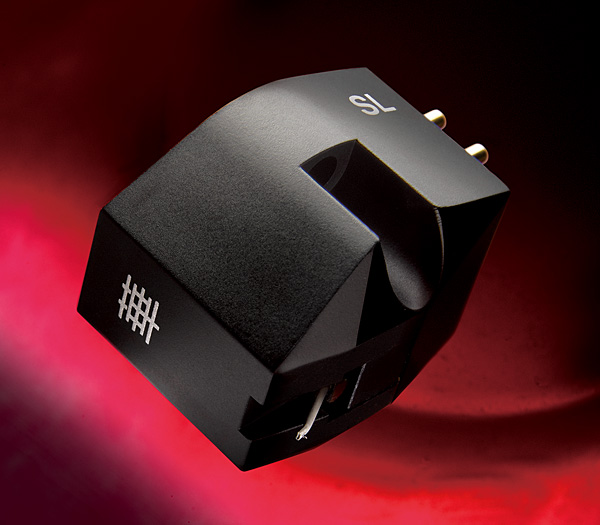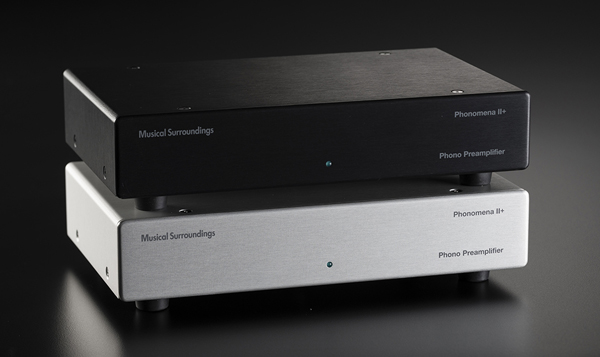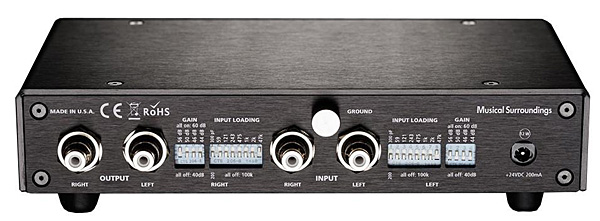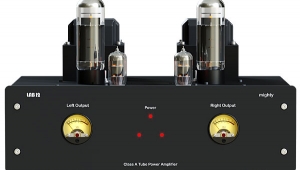| Columns Retired Columns & Blogs |
... evaluation samples of their 2M Mono and 2M Mono SE cartridges.
The standard Mono has a spherical stylus, while the Mono SE has a Shibata stylus.
https://www.ortofon.com/ortofon-2m-mono-p-602-n-1579
https://www.ortofon.com/2m-mono-se-p-597-n-1579









































